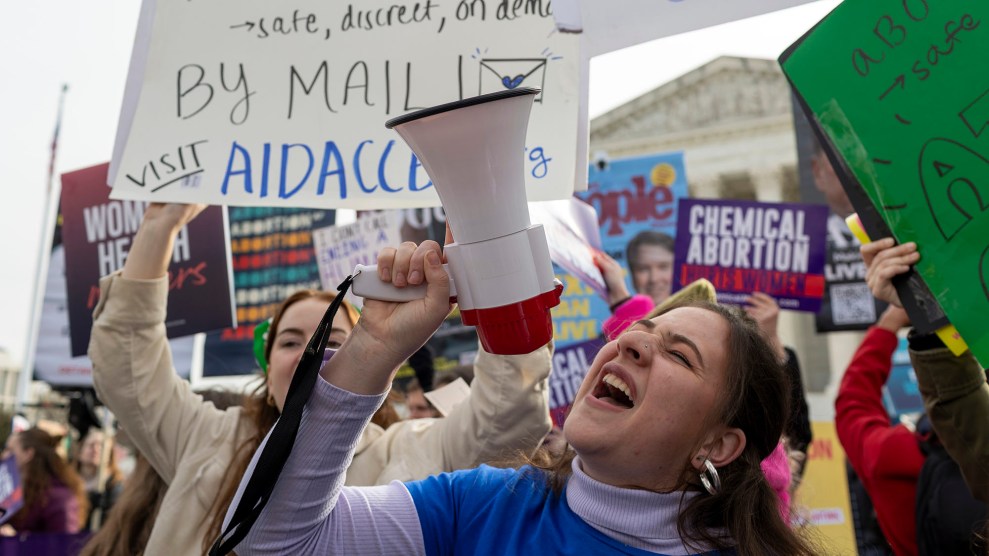The United States’ war on Latin American populism has been around for decades, but this time it is being played out in the last place that the U.S. could have predicted: Costa Rica. This peaceful (they don’t have an army) and U.S.-friendly country voted Sunday on whether or not to ratify the Central American Free Trade Agreement. Costa Rica is the only country in the region that has not done so.
The country is divided. President Oscar Arias won the general election last February based on a platform supporting the referendum, although he doesn’t have much of a mandate; Arias beat his opposition by only 2 percent. Costa Ricans are split almost evenly between those who wish to ratify this neo-liberal agreement and those who side with the rising tide of leftist politics in Latin America. Last weekend, 100,000 Costa Ricans opposed to the agreement marched in the capital of San Jose.
The arguments for each side mirror the ideological arguments surrounding the issue in both North and South America. Supporters, including the president, say that the pact is necessary in order to create jobs and expand its fledgling technology sector. Opponents fear that it will make the rich richer, the poor poorer, and saturate the market with cheap imports from multinationals, hurting local business.
This is an ideological battle on the most general grounds as well, between privatization and nationalization. As part of the Act, the United States is demanding that Costa Rica privatize its nationalized telecommunications and insurance sectors. This might seem like a somewhat innocuous political battle in a tiny country that has little to no influence on the global economy, but symbolically this is an incredibly important decision. Costa Rica is now centrally positioned not only geographically but as a battlefield in the opposing ideologies of North and South America.
—Andre Sternberg











